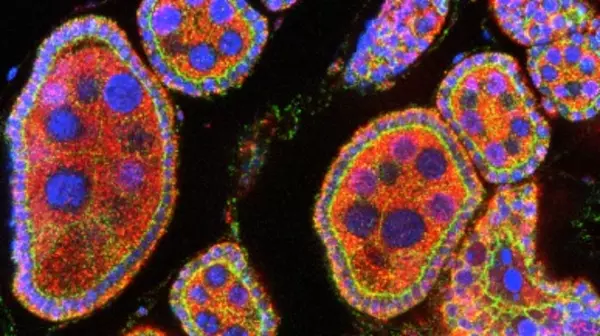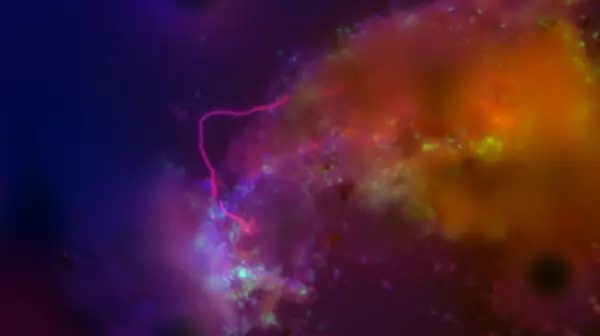Images in this gallery were taken on the Nikon D-Eclipse C1 Confocal Microscope by students who conducted independent research on campus.
2019 Image Contest Entry - GnRH-3-GFP (green) and active capase-3 (red) expression in a 36 hpf Danio rerio embryo. Epifluorescence microscopy was used to capture images of green fluorescent protein and Alexa Flour 594 at 100x. Images were merged together using ImageJ software.








